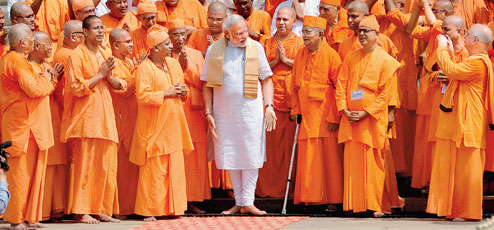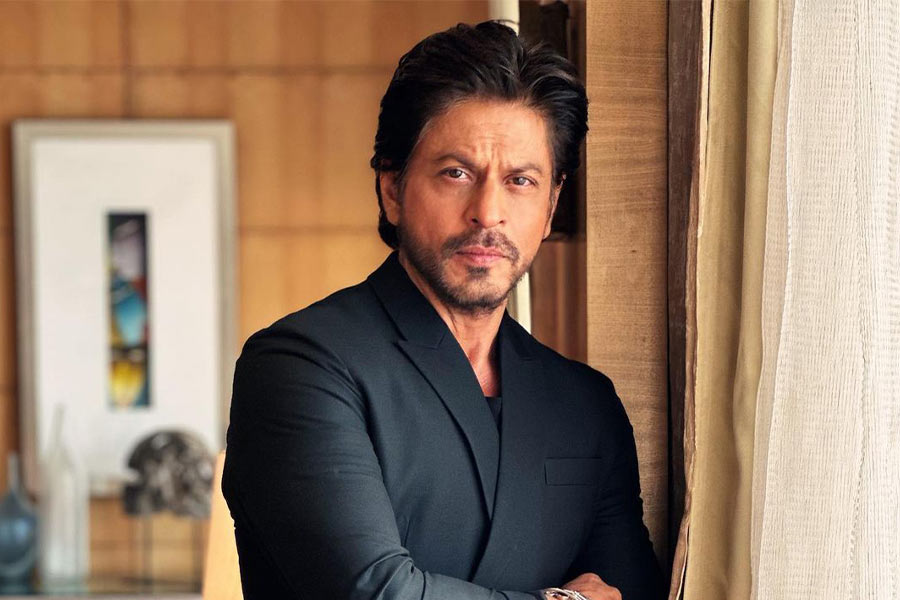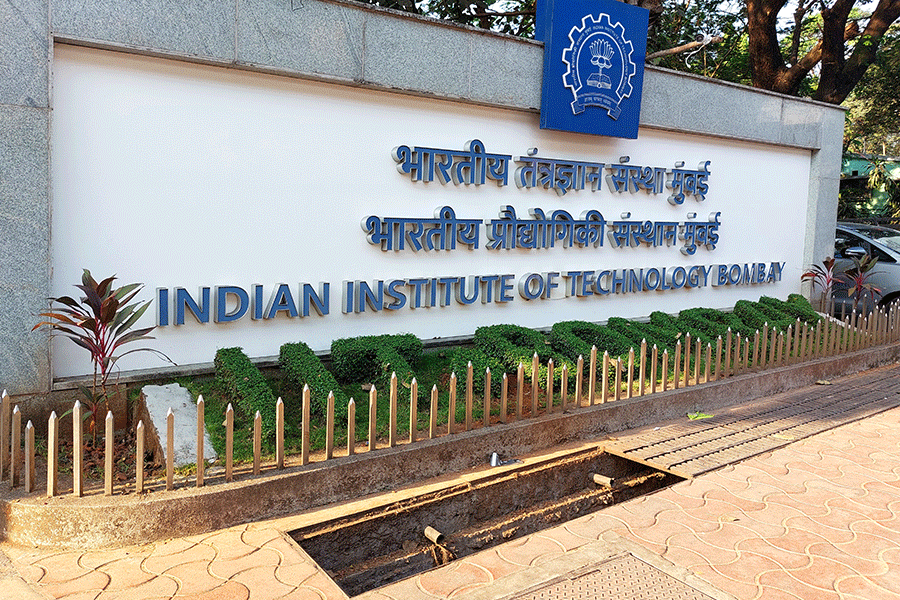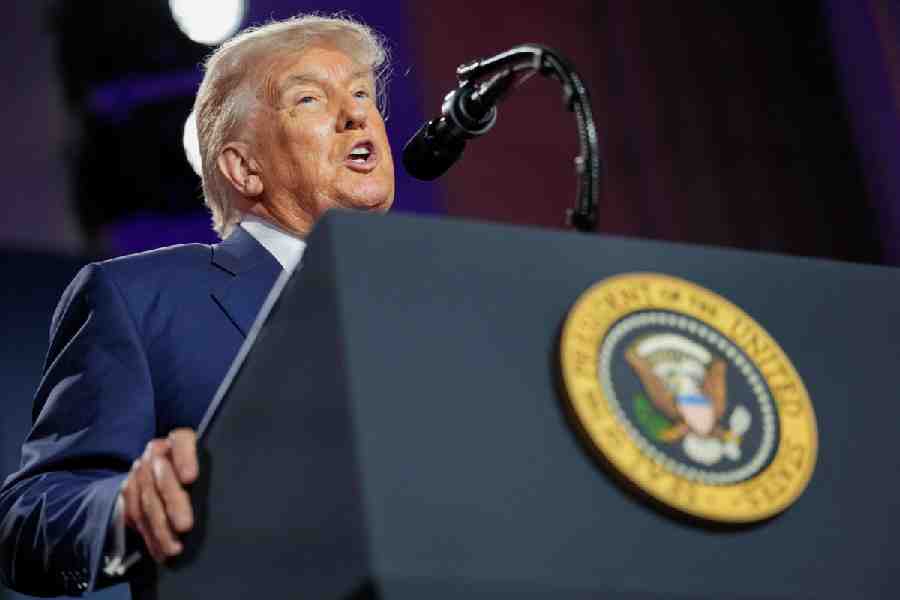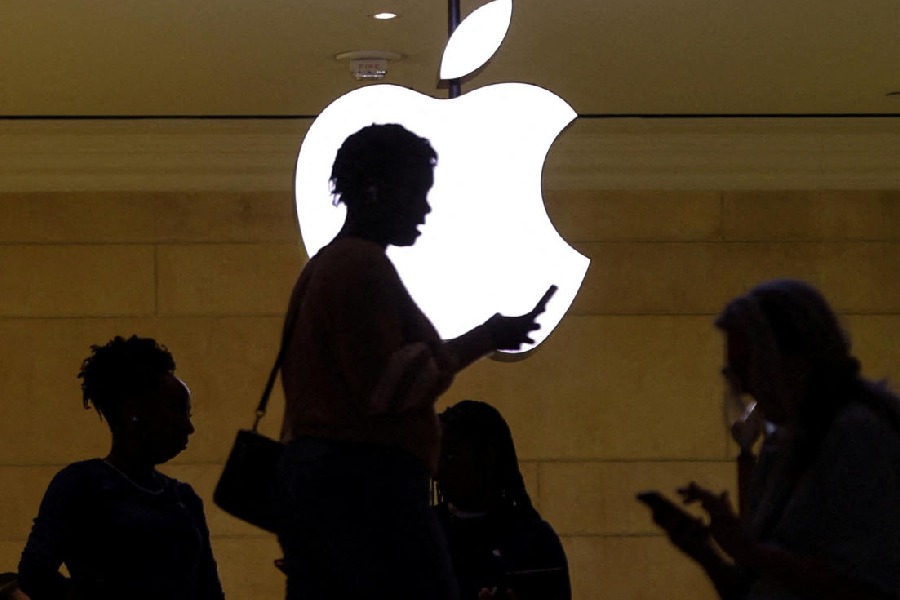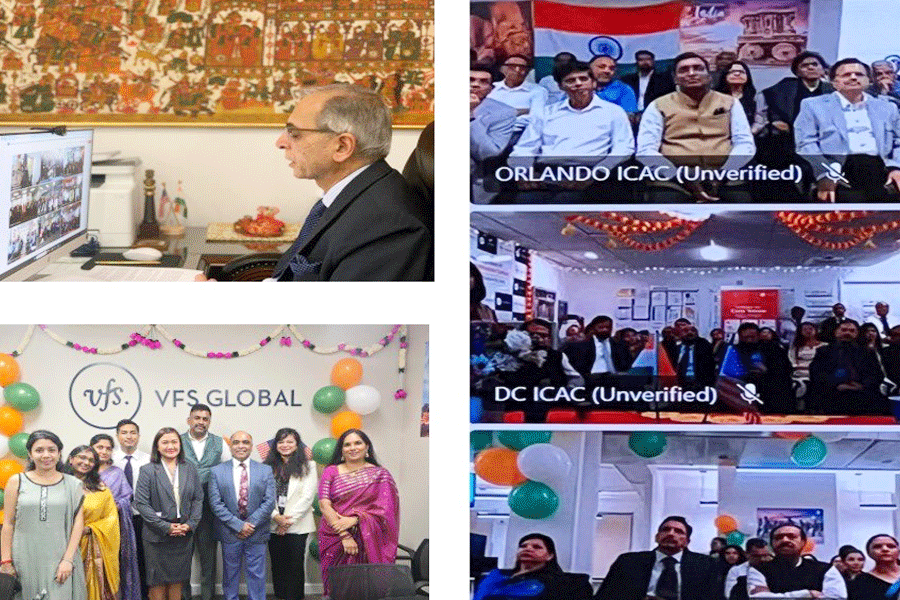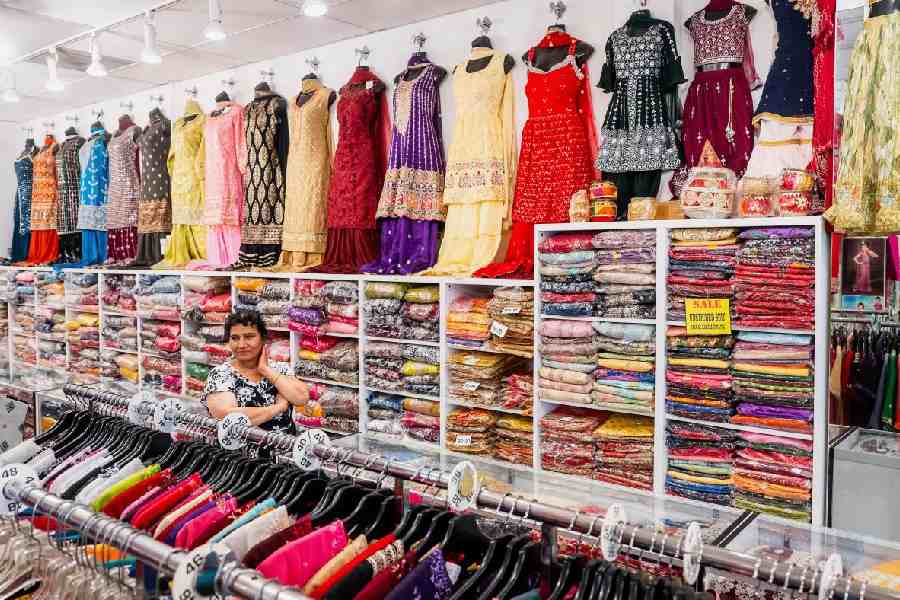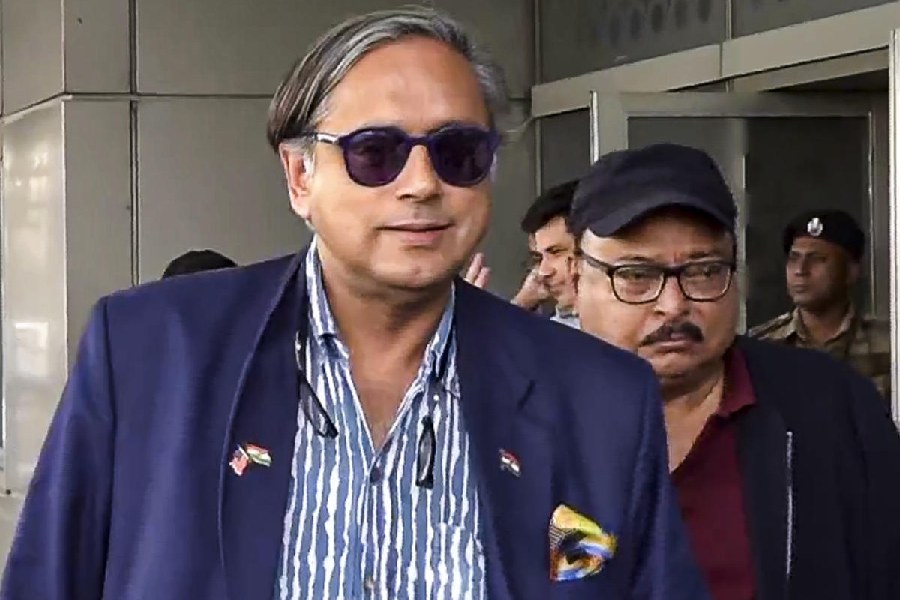

Prime Minister Narendra Modi undertook a spiritual journey on either side of the Hooghly on Sunday, his day starting with arati at Dakshineswar, followed by obeisance to Sri Ramakrishna and then 25 minutes of meditation in the solitude of Swami Vivekananda's room at Belur Math.
For more than an hour and a half, Modi seemed to be blissfully living the life he had once aspired to. He mingled with the monks at Belur, chanted along with them and had breakfast in the very building that he had entered 49 years ago to announce that he wanted to join the order.
For someone known to be a stickler for schedules, the Prime Minister didn't look at his watch on Sunday, ending up spending at least 10 minutes more than he had planned to at each place.
Modi, accompanied by Governor Keshari Nath Tripathi, Union minister Babul Supriyo and state BJP president Rahul Sinha, had reached Dakshineswar around 7.30am, just in time for the morning aarti.
"He placed a lotus and his pen at the feet of the goddess and performed puja and aarti. He offered the deity a garland made of aparajita flowers," said Kusal Chowdhury, a trustee and secretary of the temple estate.
Modi later visited the room in the northwest corner of the compound where Sri Ramakrishna had spent 14 years of his life. The wooden bed on which Sri Ramakrishna slept is preserved in that room.
The Prime Minister also visited Kuthi Bari, where Sri Ramakrishna had once lived. He received a hibiscus as pranami and prasad at the temple there.
Modi left Dakshineswar around 8.20am, 10 minutes behind schedule, according to official sources.
At Belur, senior monks led by the general secretary of the Ramakrishna Mission, Swami Suhitananda, were waiting to receive the Prime Minister with a bouquet at 8.30am. Modi got off his car barefoot - many in his entourage kept their footwear on - and approached the welcome party with hands folded.
He began his Belur tour by visiting the garbhagriha (sanctum sanctorum) of the Sri Ramakrishna Temple.
The sanctum sanctorum, at one end of a long hall, houses a white marble idol of Sri Ramakrishna. A transparent glass partition separates the devotees from the idol. The Prime Minister was escorted till the idol through a gate that only the priests who offer puja to the deity are allowed to use.
To the southeast of the original Belur Math shrine stands Swami Vivekananda's room with a balcony that overlooks the Hooghly to the east. He had lived here till he died in 1902. The first-floor room, usually opened only to VIPs, has a collection of items that he had used, including his bed, table, walking stick and slippers.
In the courtyard in front of the room stands a mango tree under which Vivekananda would meet visitors and devotees, seated on a camp cot.
"The Prime Minister spent nearly 25 minutes meditating on the floor of this room," a monk said. "As he stepped out of the room, he looked so much at peace."
A senior monk of the Ramakrishna Math and Mission said Modi expressed gratitude to the authorities for allowing him to meditate there. "He was very happy spending time inside Swami Vivekananda's first-floor room. After meditating, he offering pranam by rubbing his head on the wooden slippers of Swamiji."
The glass casing over the slippers had been removed for Modi to pay his respects to the man he considers his spiritual guru.
Modi had last meditated in Swami Vivekananda's room in 2013, when he was the chief minister of Gujarat. An air-conditioner has been installed in the room since that visit.
Meditation over, the Prime Minister visited the temples of Swami Brahmananda, Sri Sarada Devi and Swami Vivekananda, all on the riverbank. Like many devotees do, he circled the Sarada Devi temple once.
Modi had breakfast with senior monks in a ground-floor room in a building opposite the main temple in the complex. The breakfast platter included upma, pakora, white sweets made of cottage cheese, fruits, small samosas, rice crispies, peanuts, a bowl of payesh and a cup of Darjeeling second flush tea, sources said.
"The Prime Minister nibbled at the food but he did finish the bowl of payesh because it had been offered as prasad," a monk said.
On Saturday too, the Prime Minister had a couple spoons of payesh while visiting the ailing president of the Ramakrishna Math and Mission, Swami Atmasthananda, at the Ramakrishna Mission Seva Pratisthan.
The building in which he had his Sunday breakfast used to be main office building of the Mission. In 1966, a young Modi had met the then president of the Mission, Swami Madhavananda, hoping to join the order as a brahmachari. Swami Madhavananda dissuaded the young Modi, saying his calling lay elsewhere. Swami Atmasthananda, then the head of the Rajkot unit of the order, had referred Modi to Belur Math.
During his discussion with senior monks, Modi said that the 150th birth anniversary of Sister Nivedita should be observed properly. Nivedita, a disciple of Swami Vivekananda, was born in 1867.
Before leaving Belur around 9.35am, Modi had his picture taken with the monks, a rare sight at a place where young brahmacharis usually have their picture taken formally alongside senior monks only once: when they are ordained as monks.
After the photo-op, the Prime Minister joined the monks in chanting Vedic hymns that ended with a chorus of " shanti, shanti, shanti". He left for Asansol with an uttoriyo, a dhoti, a shawl and several books on Sri Ramakrishna and Swami Vivekananda as gifts.

